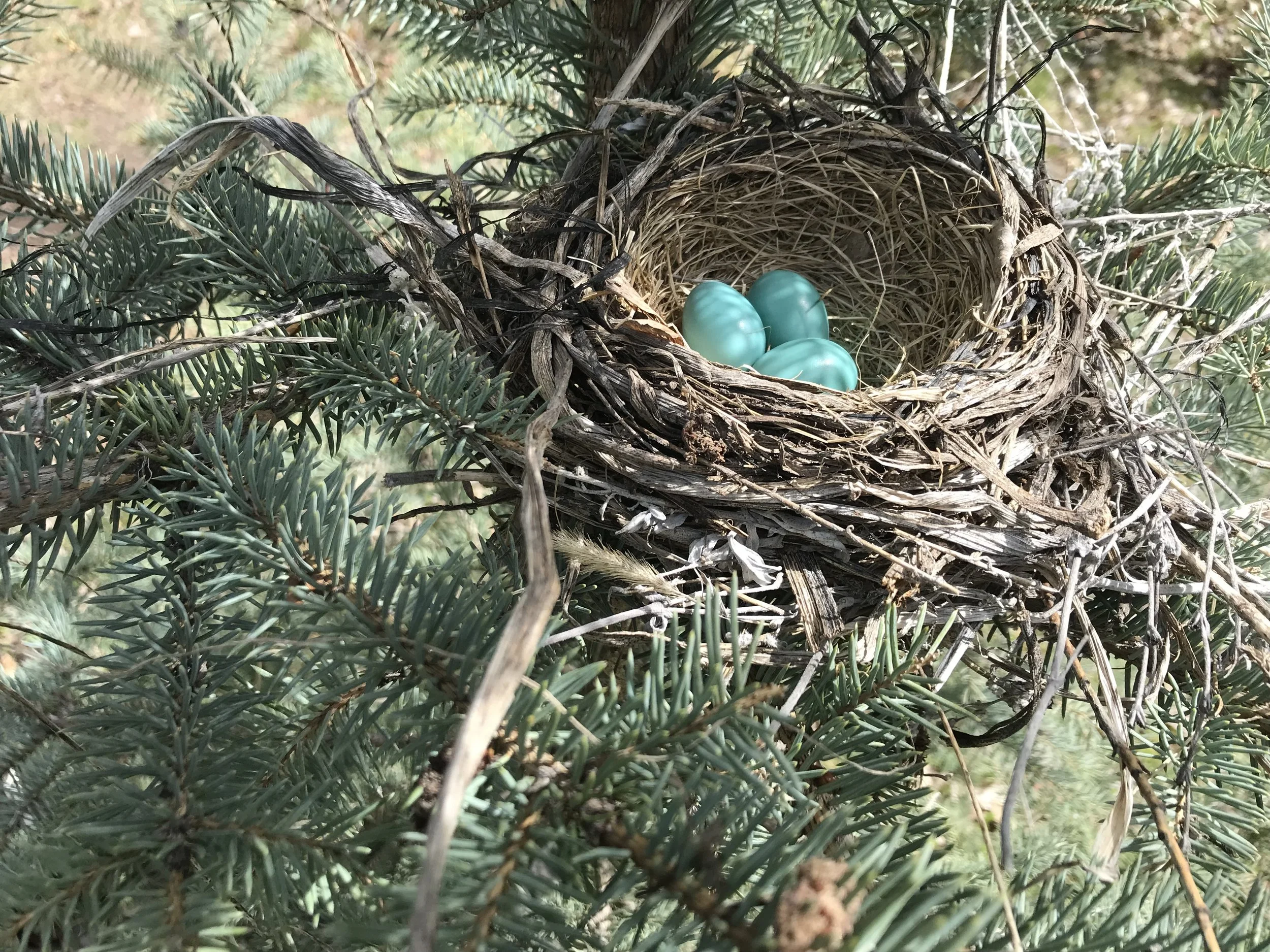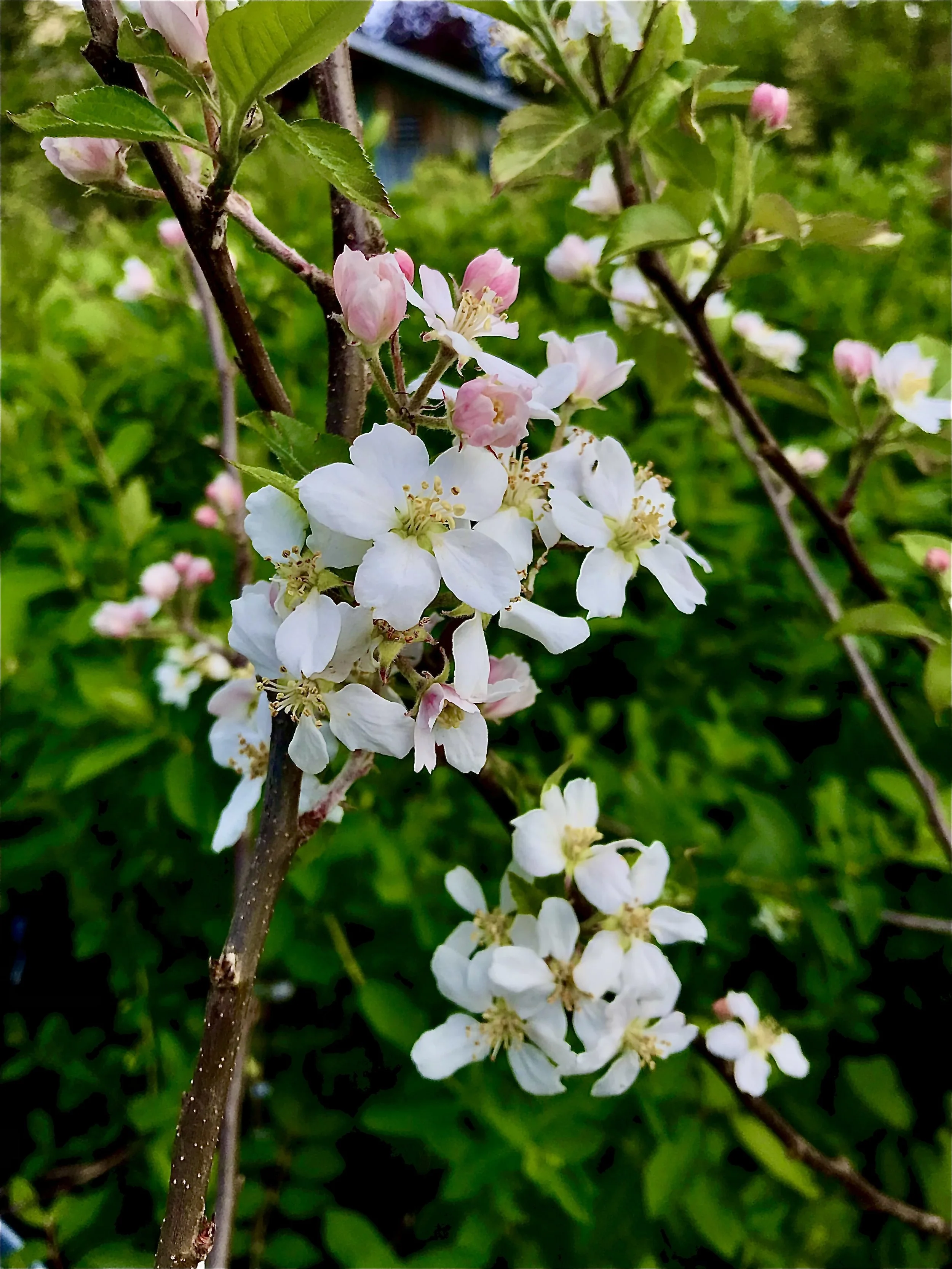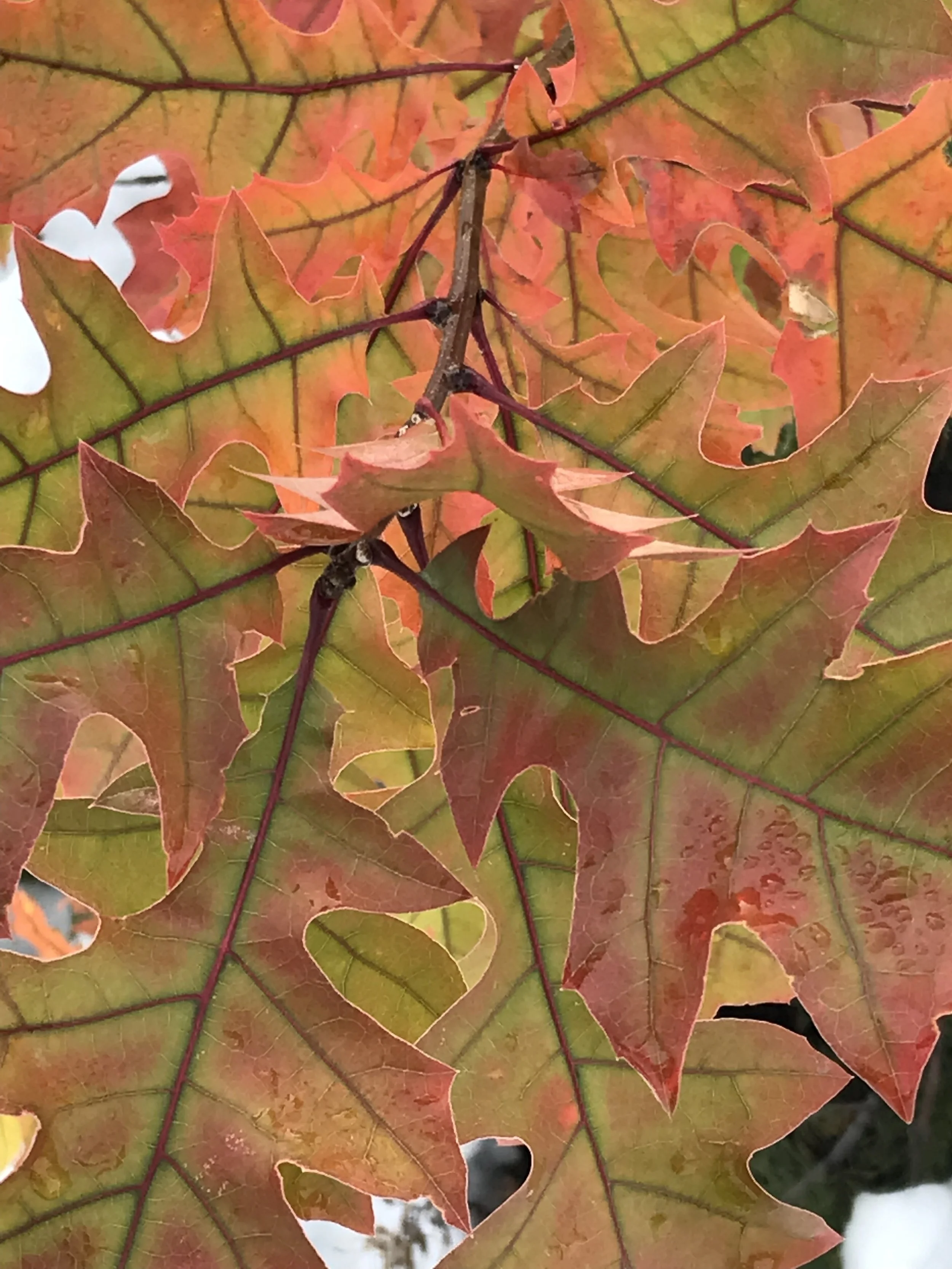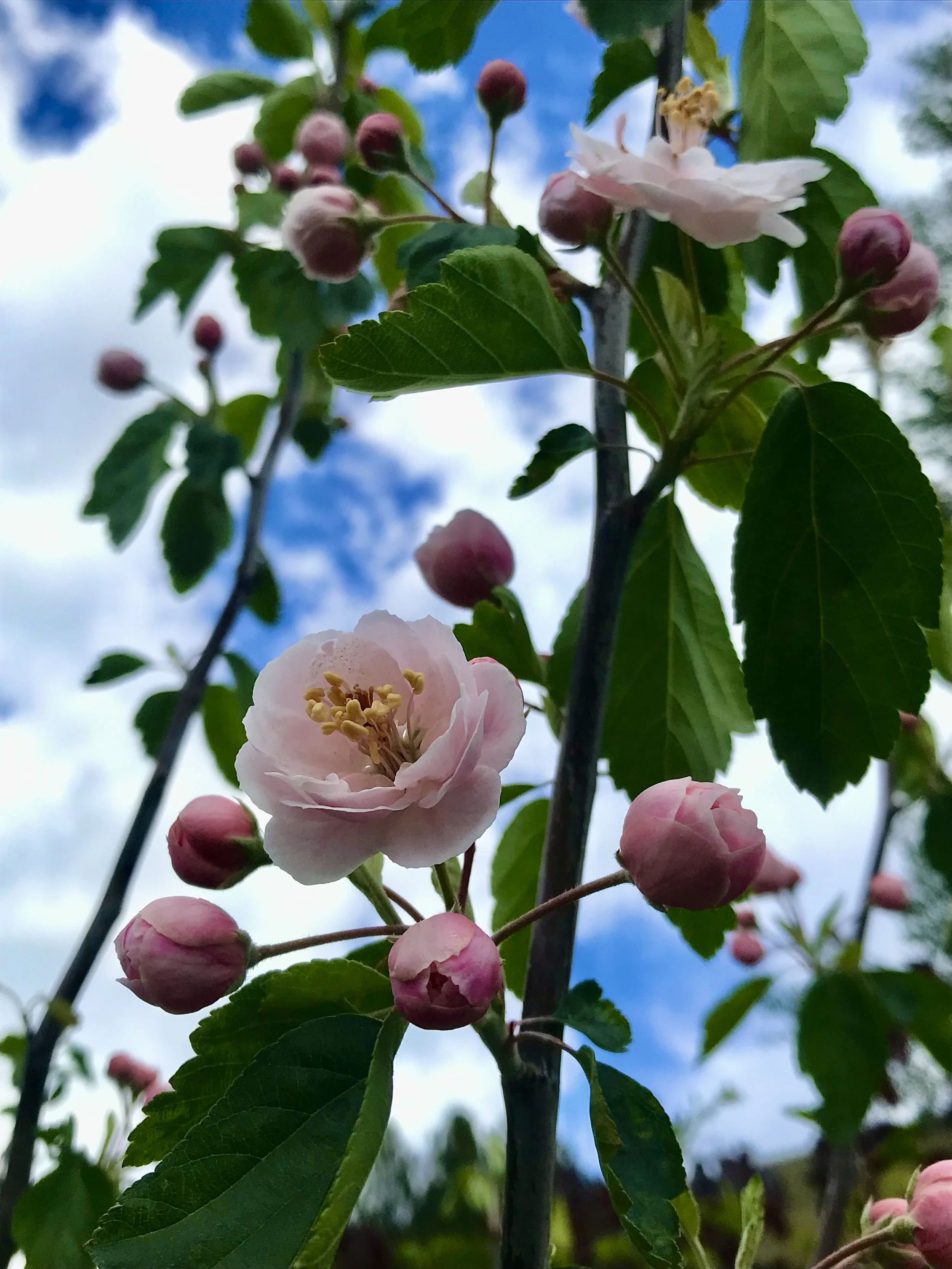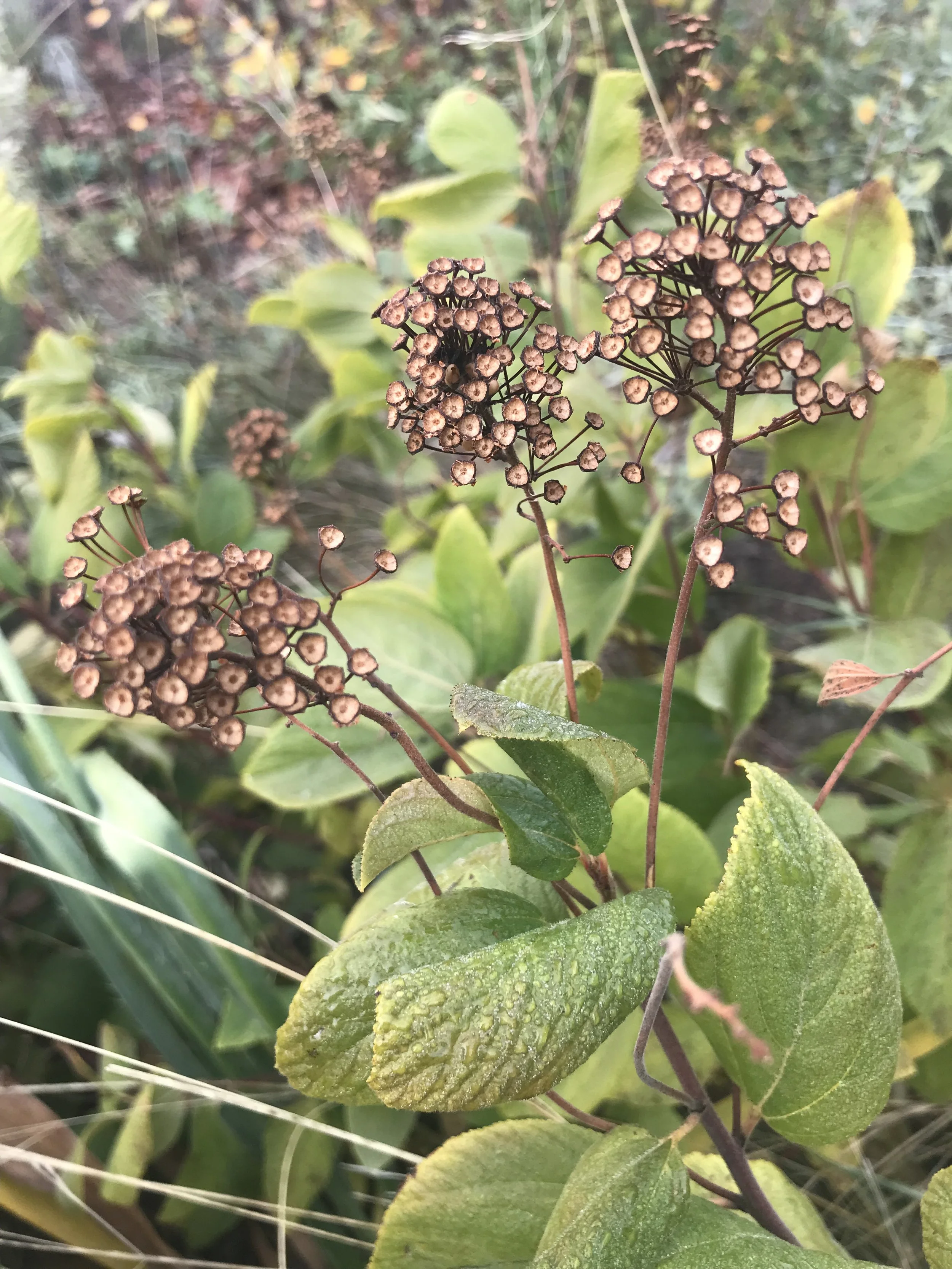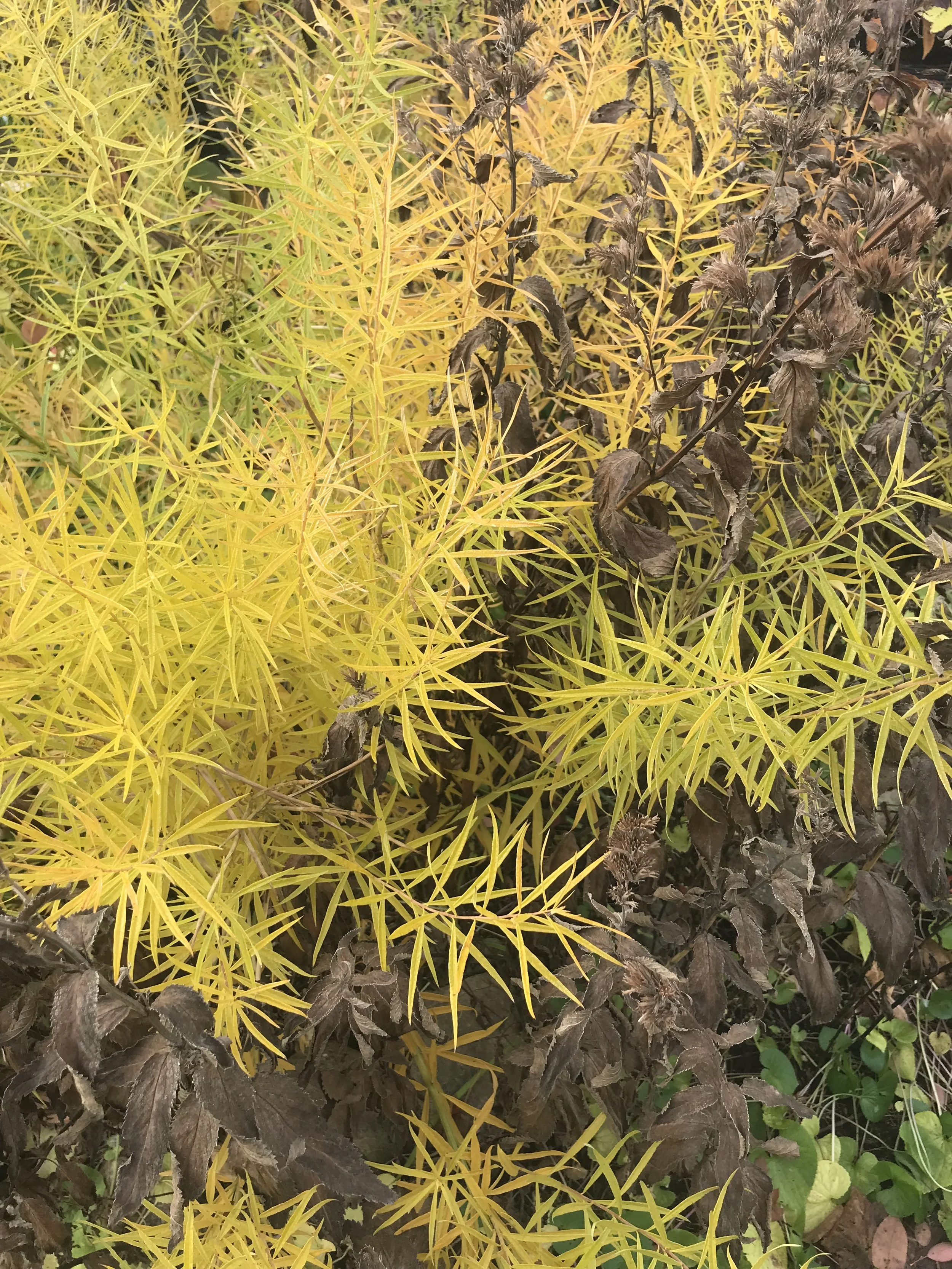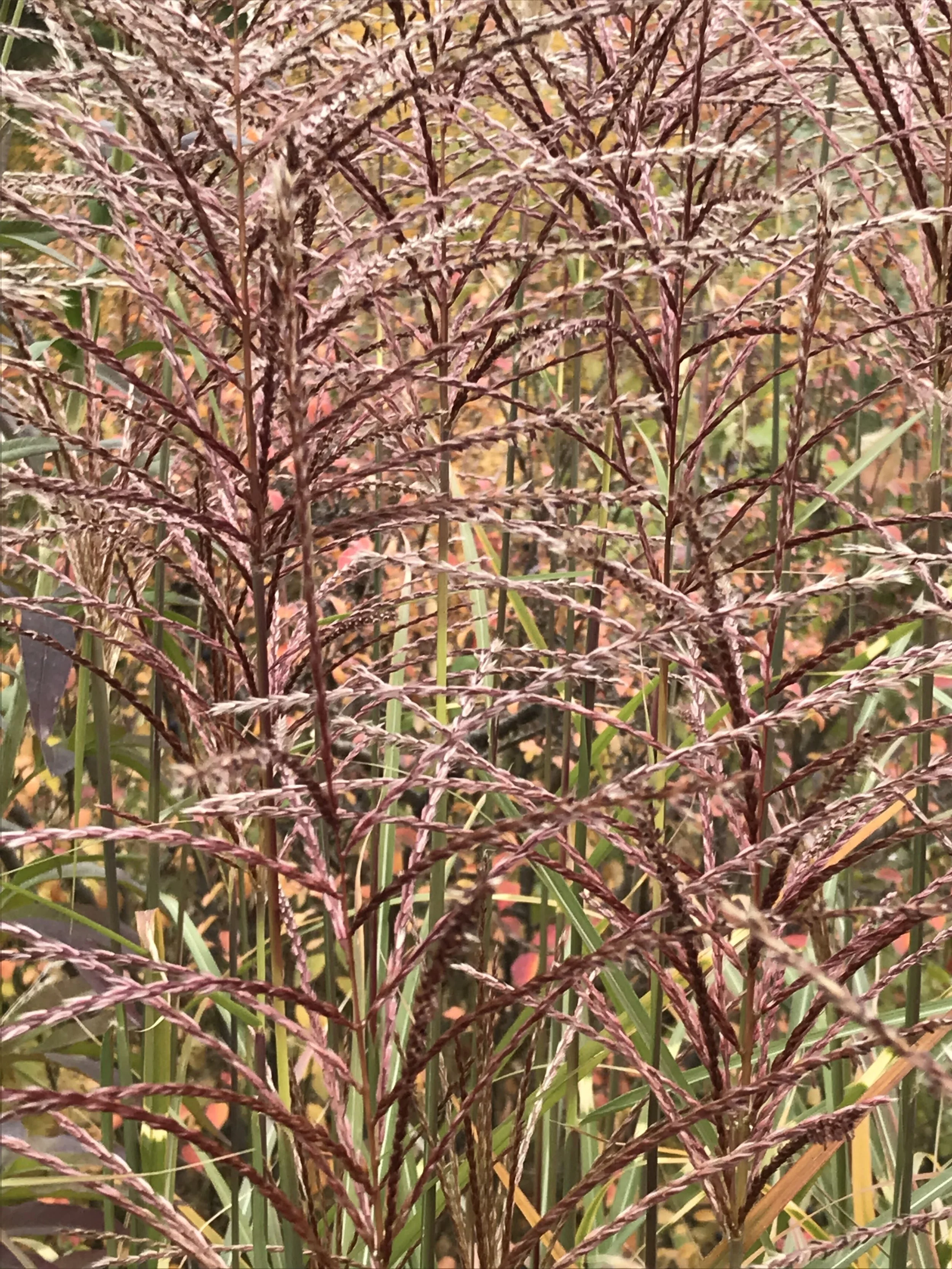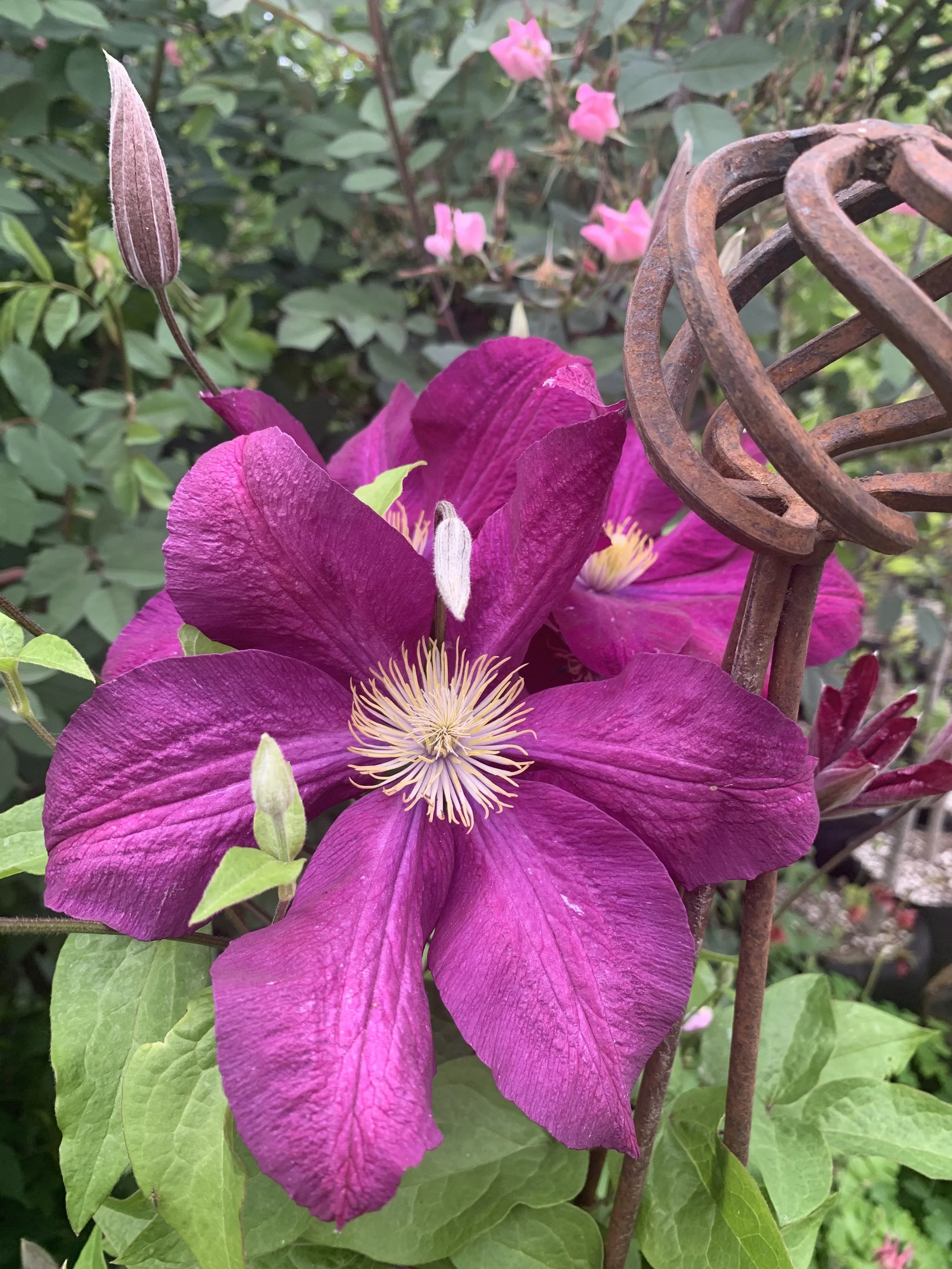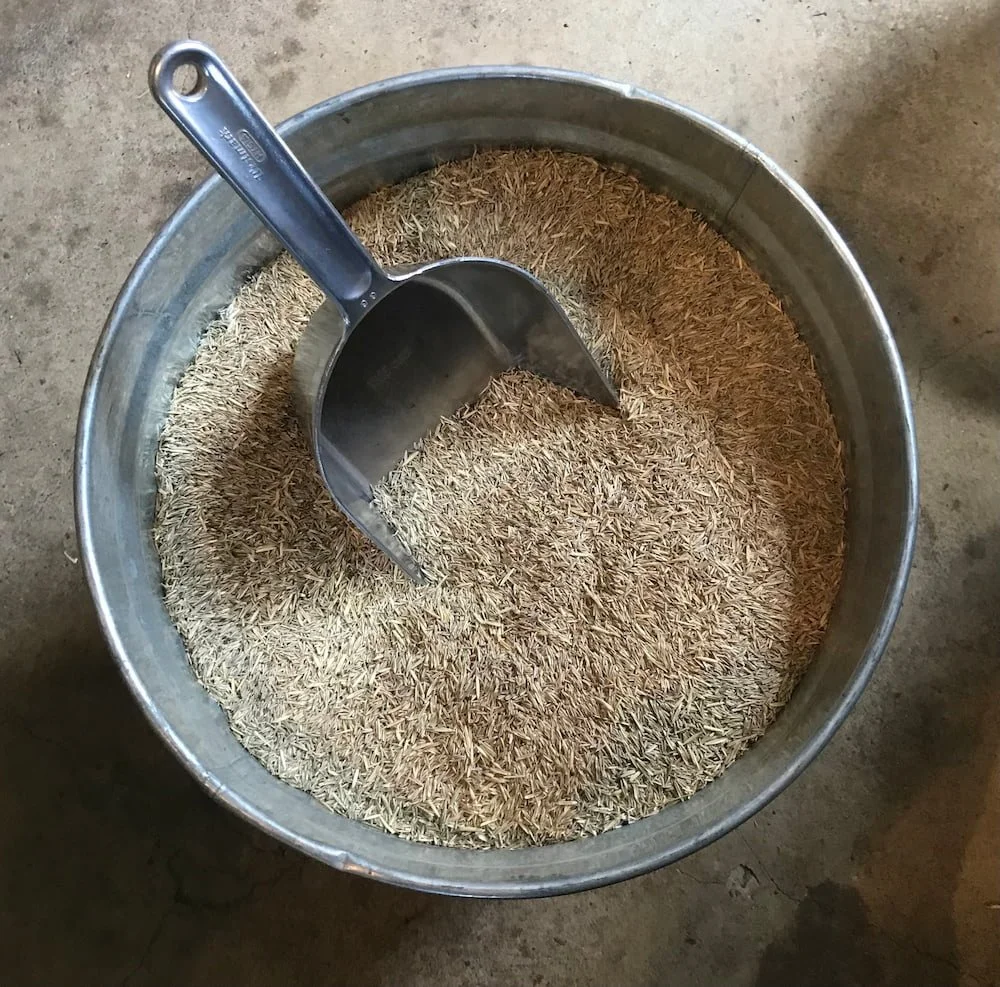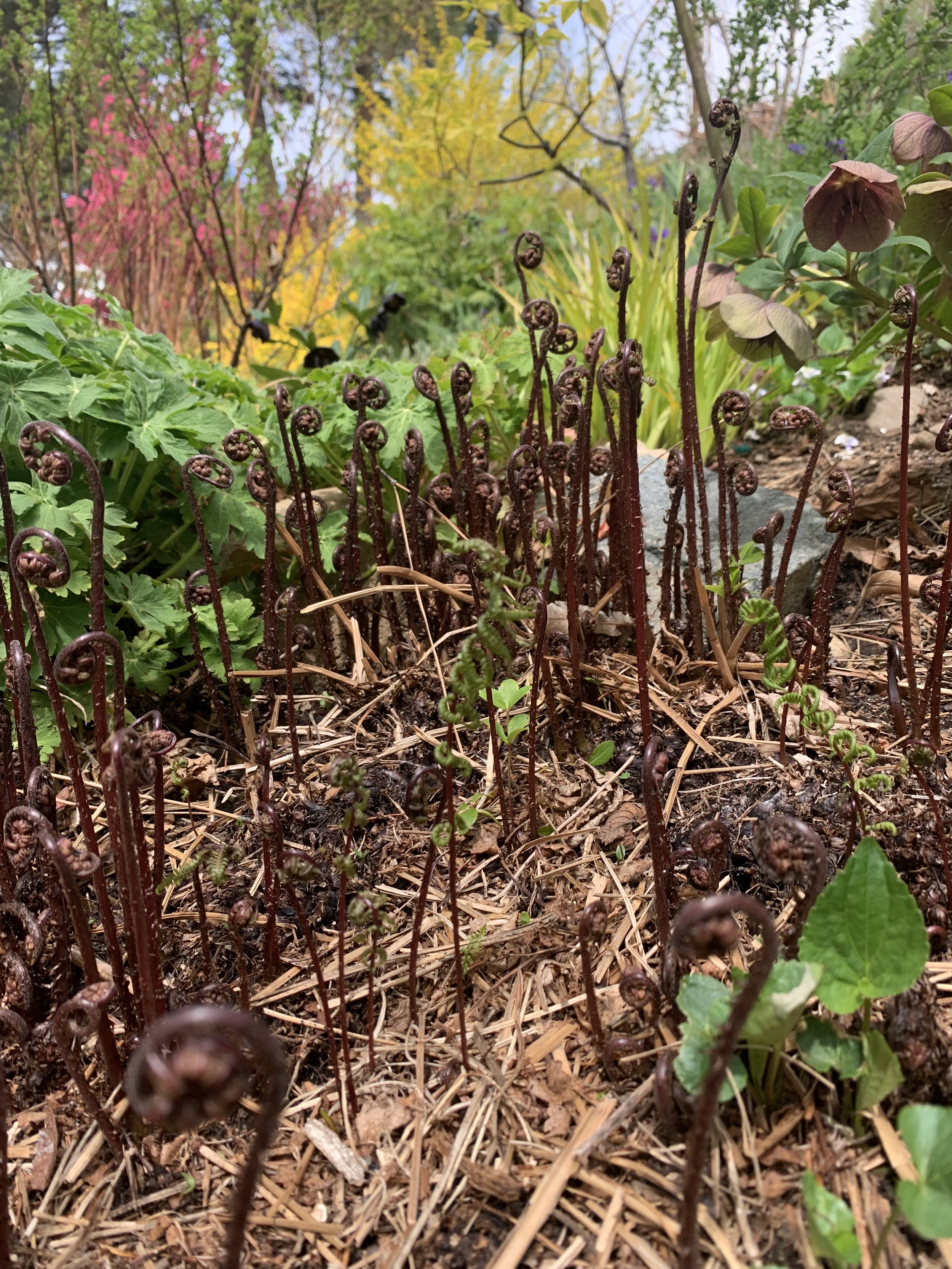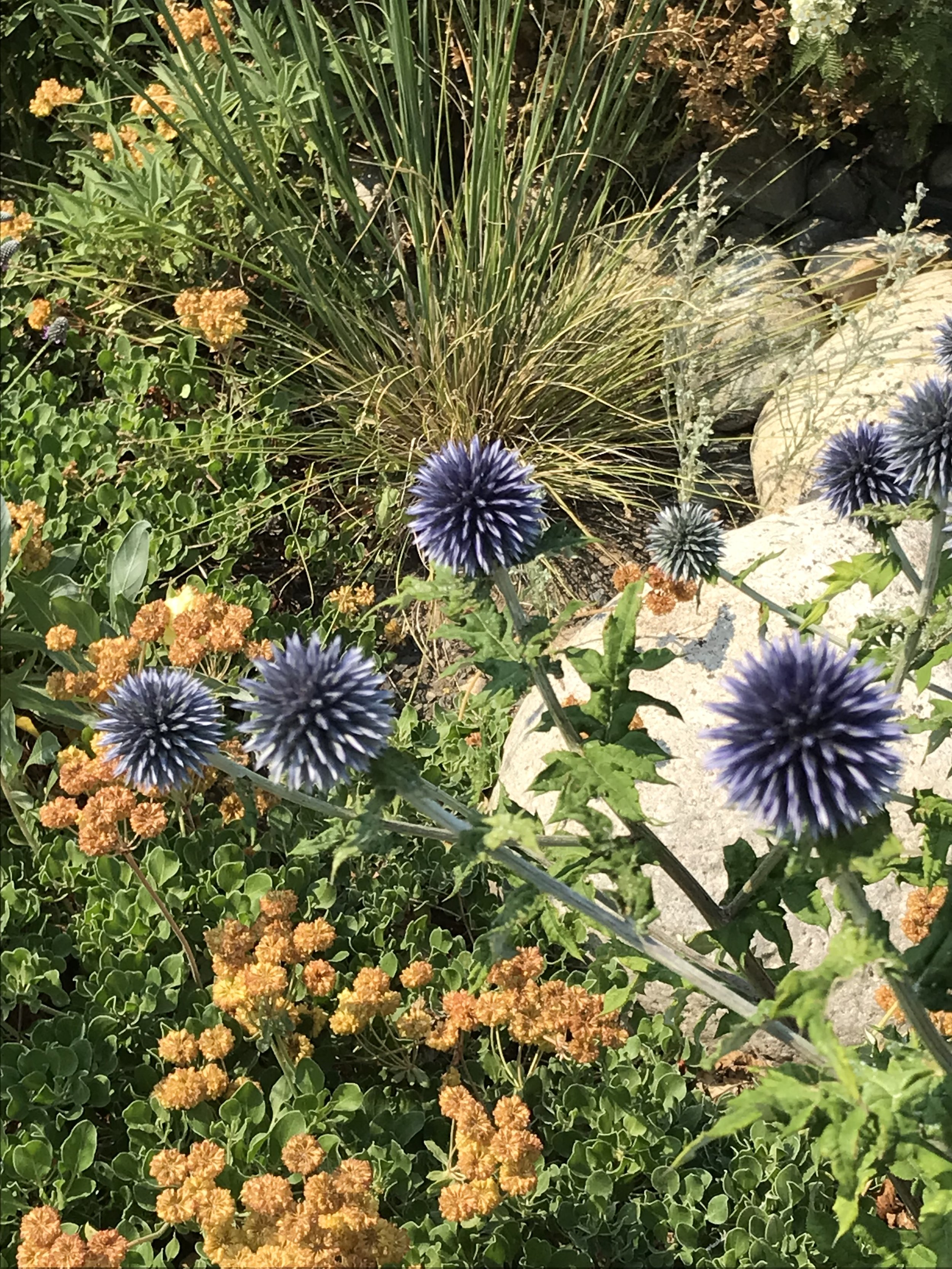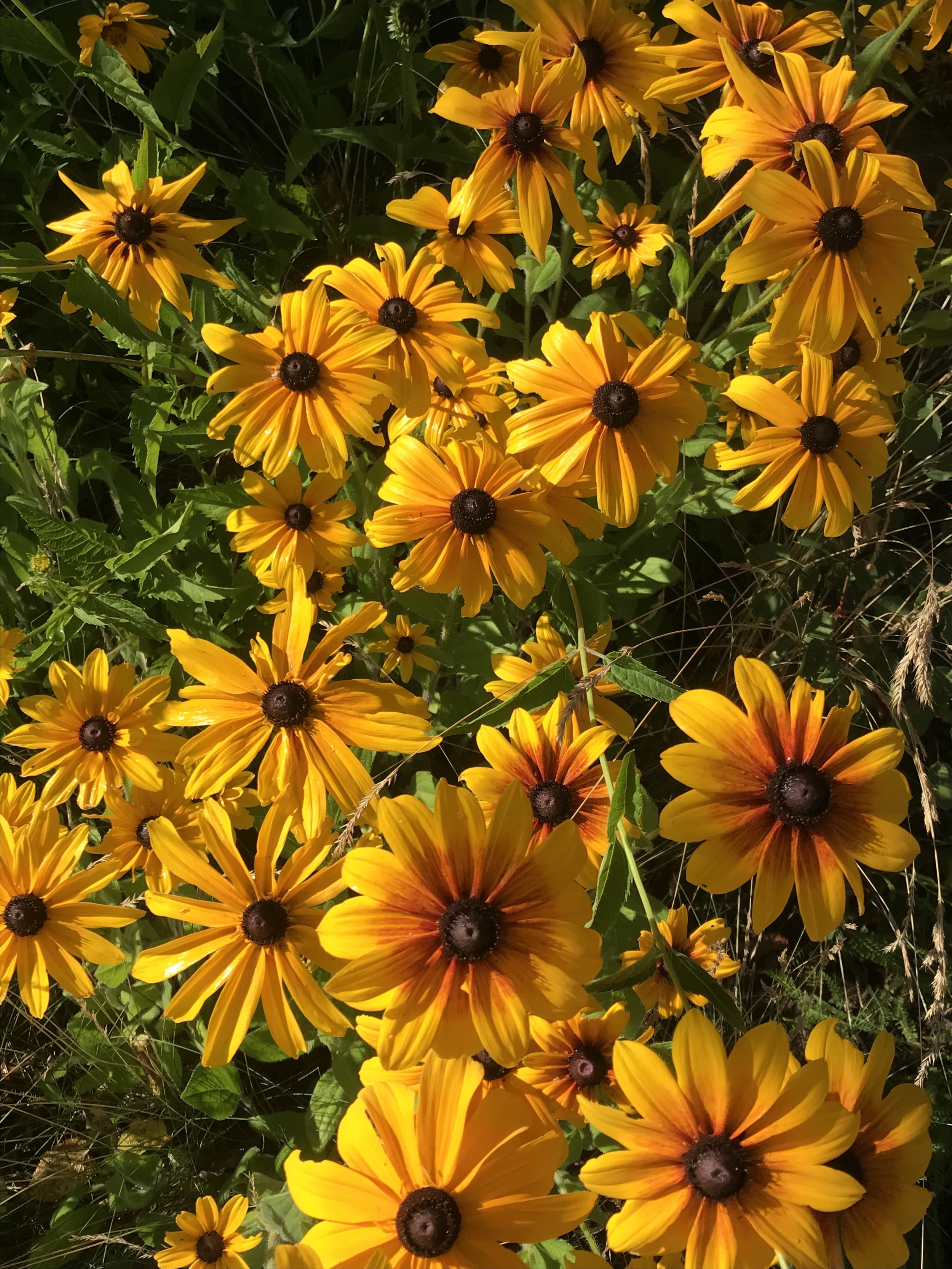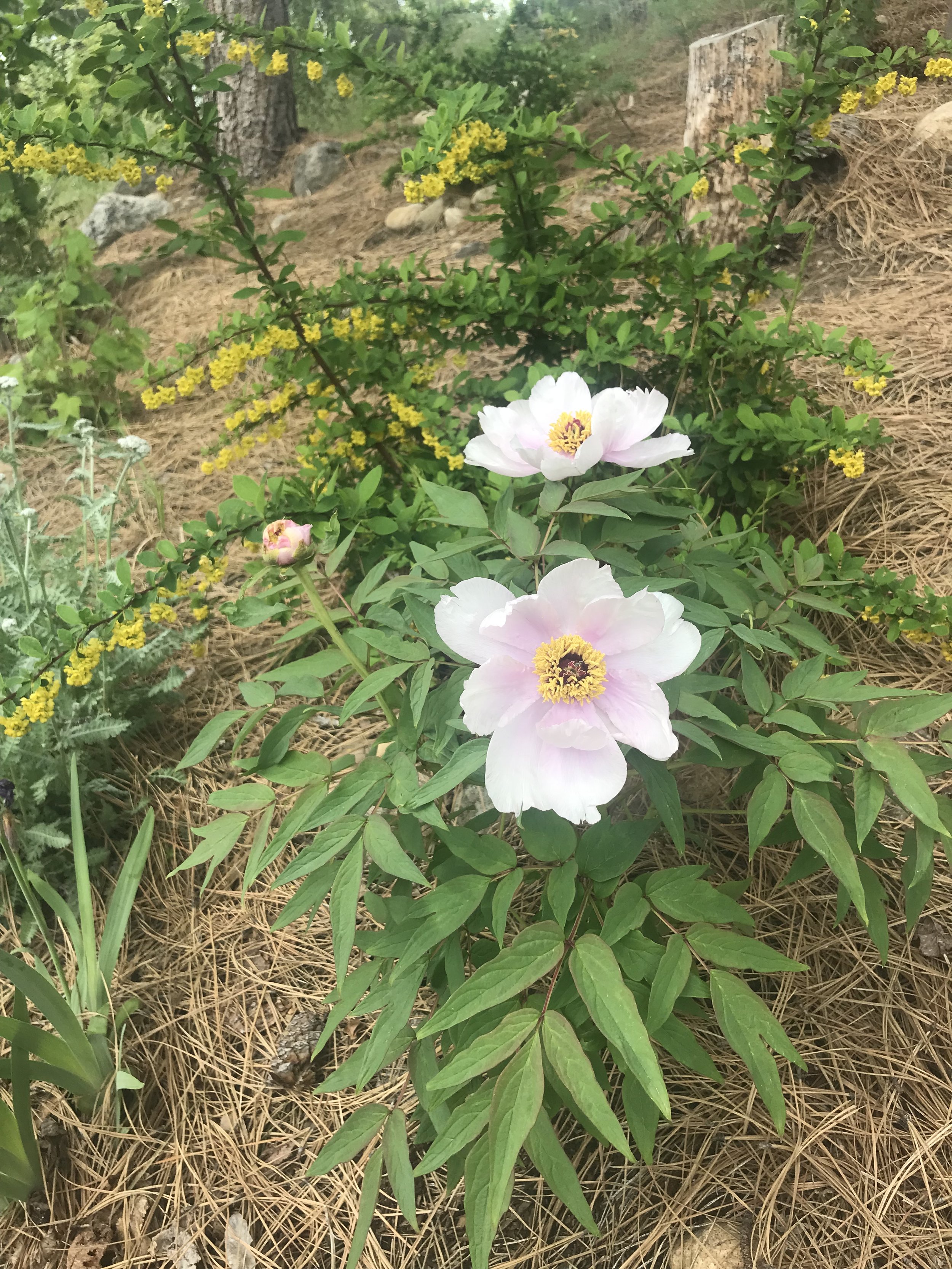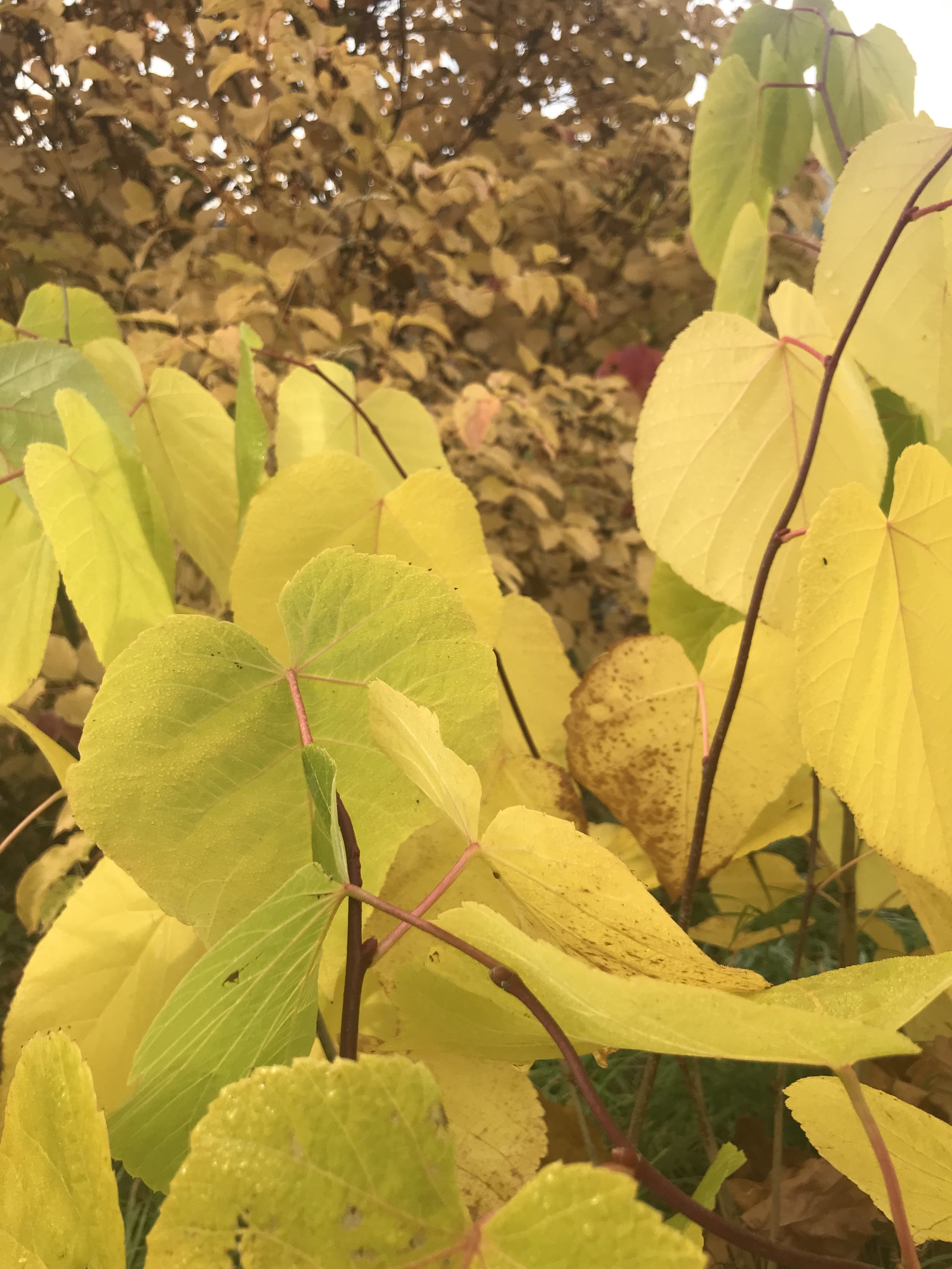
Our Plants
From Our Soil to Your Garden
Our plants are thoughtfully selected and acclimated, with varieties chosen for their beauty, resilience, and ability to thrive in our unique climate. These are the types of plants you’ll find at Wild Hearts Nursery.
Demonstration Gardens
Our demonstration gardens showcase mature plants in real conditions, so you can see how they grow, interact, and thrive over time. They’re a living example of our design principles—blending aesthetics and ecology—so you can get inspired and make informed decisions for your own landscape.
Woodland Shade Bed
Nestled near the nursery house and beneath a mature filbert, this small bed offers a glimpse into what thrives in part sun to full shade. Amended annually with layers of leaf mulch, the soil here has become rich and resilient—supporting plants that prefer cooler roots during our hot, dry summers. Some species that tolerate full sun elsewhere have shown better structure and longevity in this protected setting. Here, dense plantings preserve moisture and encourage a healthy soil ecosystem. Self-sowing plays a natural role in this bed, allowing plants to shift and settle in true woodland fashion, creating a dynamic and evolving tapestry over time.
Hell Bed
One of the most rewarding beds on site, this garden thrives in full sun, full exposure, and lean, gravelly soil. Located in our parking area, it endures heat, wind, and drought—conditions that mimic the most challenging home landscapes. Designed to highlight texture over constant bloom, this bed comes into its own by midsummer, with layered interest that extends into fall. The hell bed is designed for deep, infrequent watering—twice a month (or occasionally three times in extreme heat or during establishment). These tough plants are resiliant, showing that poor, alkaline soils like ours can still support vibrant, low-input gardens without heavy amendments. It’s also a haven for pollinators, especially in late summer when nectar is scarce elsewhere.
Prairie Bed
Lining the driveway as you enter the nursery, this bed is a lively mix of grasses and flowering perennials that nod to prairie ecology. Here, we let seed heads mature in place—adding winter interest, providing a late season food source for birds, and encouraging natural reseeding. The conditions are tough: poor, alkaline soil and intense summer sun, with watering limited to every week or two at most. Still, by midsummer, this space fills in as a dense, living mulch—vibrant with blooms, movement, and life. It’s a dynamic planting that thrives on minimal effort and rewards with bold seasonal presence.
Pine Bed
Planting beneath Ponderosa Pines presents a unique set of challenges—dense pine duff, sporadic sunlight, and a wide-reaching root system that eagerly absorbs any available moisture. This is a constant work in progress, shaped by years of trial and error. The soil remains sandy and nutrient-poor, with the slow-to-break-down pine duff offering mulch but little fertility. Sunlight shifts throughout the day, with moments of shade followed by sudden blasts of heat. We’ve found success with drought-tolerant understory trees and shrubs, while only a few perennials have managed to establish themselves. Watering here requires attention—deep, infrequent soaks guided by observation rather than routine, as both over- and under-watering can set plants back in this competitive environment.

Let’s Grow Together!
Have questions or need plant advice? Give us a call or come by the nursery—better yet, let’s walk and talk plants together in person.

